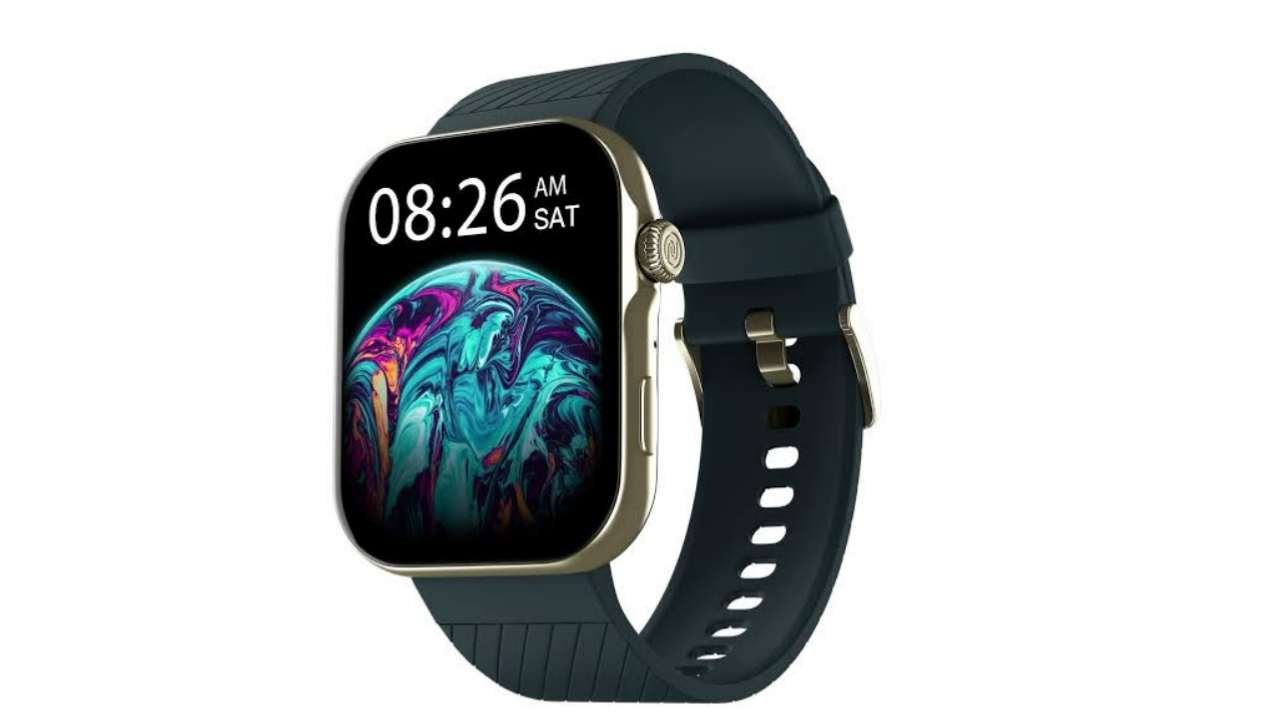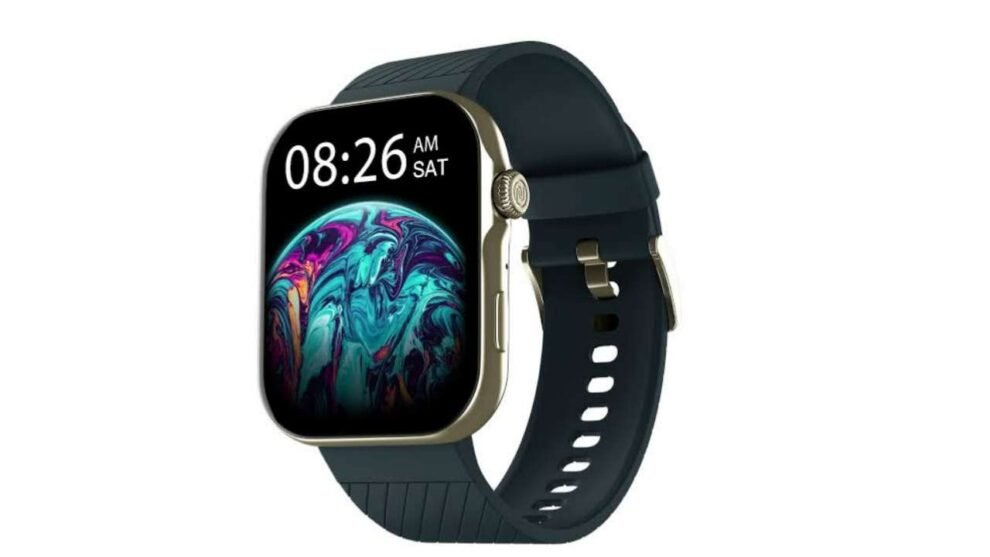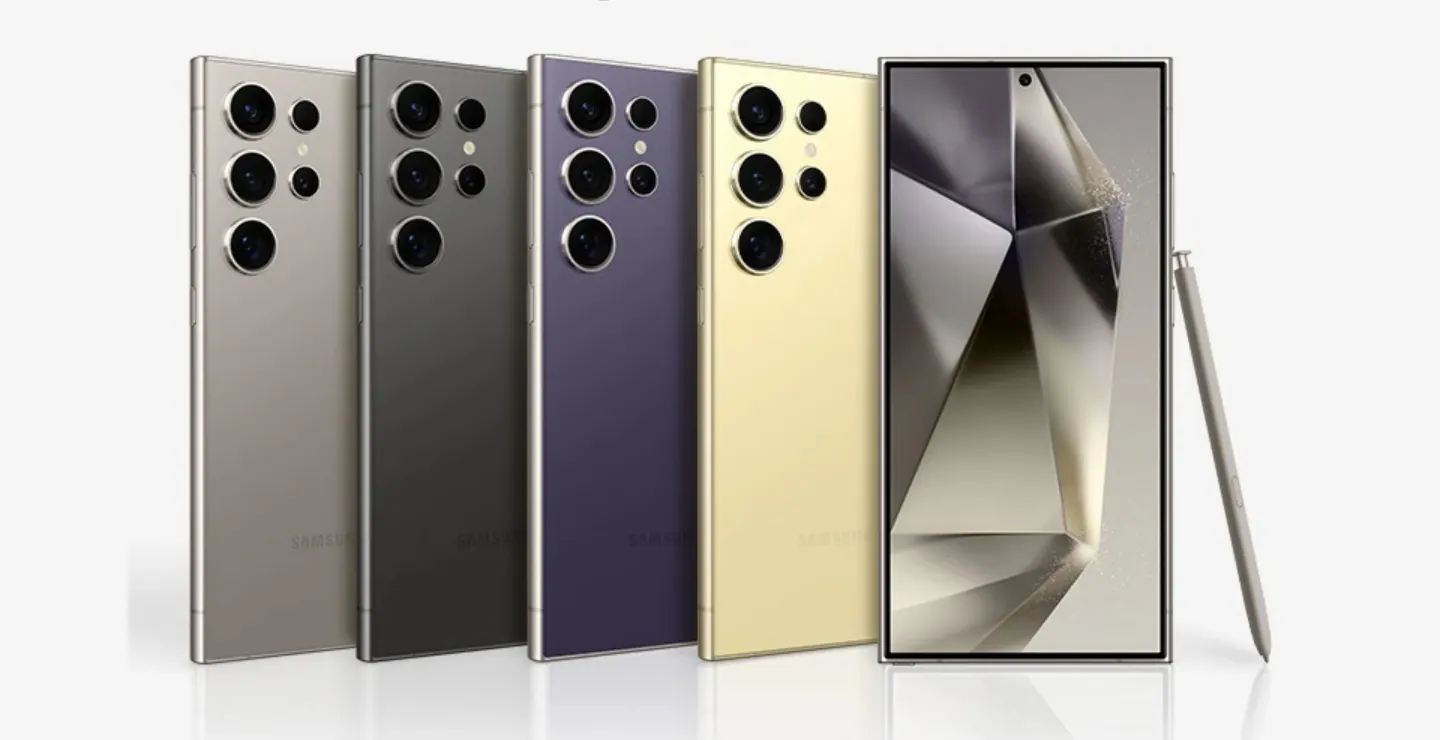The Food and Drug Administration (FDA) has recently highlighted concerns regarding the potential risks posed by smartwatches and smart rings, especially for individuals with implanted medical devices such as pacemakers and defibrillators. These wearable devices, which have become increasingly popular for health monitoring and connectivity purposes, may interfere with the normal operation of implanted medical devices due to the high-strength magnets they contain.
Key Highlights:
- Smartwatches and smart rings with high field strength magnets can cause implanted medical devices to switch to “magnet mode.”
- The FDA recommends keeping these devices at least six inches away from implanted medical devices.
- Patients are advised not to carry consumer electronics in a pocket over the medical device and to consult with their healthcare provider for guidance.
- Despite the potential risks, the FDA considers the overall risk to patients low, with no adverse events reported as of now.

Understanding the Risks
Recent studies and the FDA’s own testing have shown that the magnets in certain consumer electronic devices can cause implanted medical devices, such as pacemakers and defibrillators, to enter a “magnet mode.” This mode suspends the device’s normal operations until the magnet is removed from its vicinity. The “magnet mode” is usually a safety feature intended for medical procedures like MRI scans, but unintended activation by consumer electronics can pose risks.
Precautions for Patients
For individuals with implanted medical devices, the FDA suggests maintaining a distance of at least six inches from smartwatches and smart rings. Additionally, these electronics should not be carried in a pocket over the medical device. The FDA also encourages patients to use home monitoring systems if available and consult their healthcare providers if they experience any symptoms or have concerns about the interaction between their medical device and consumer electronics.
FDA’s Ongoing Monitoring
The FDA is committed to ensuring the safety of medical devices against the advancing technology in consumer electronics. The agency continues to monitor scientific information and conduct risk analysis regarding the effects of magnets in consumer electronics on implanted medical devices. While the current risk to patients is deemed low, the FDA remains vigilant and promises to inform the public and provide further guidance if necessary.
Conclusion
The advancement of wearable technology brings with it a new set of considerations for individuals with implanted medical devices. The FDA’s warnings underscore the importance of awareness and precautionary measures to prevent potential interference. While the technology embedded in smartwatches and smart rings offers numerous benefits, the safety of patients with medical implants cannot be overlooked. As wearable technology evolves, so too must the guidelines and recommendations to ensure compatibility with medical devices, maintaining the delicate balance between innovation and safety.
















